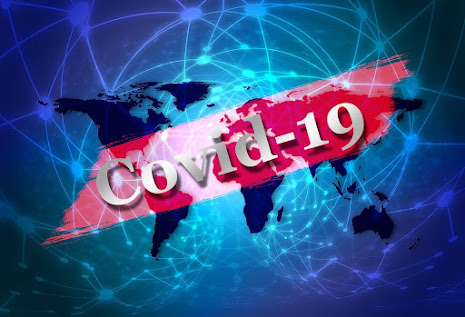Introduction
The global battle against the Covid-19 pandemic has been marked by numerous twists and turns, with new variants emerging as a constant challenge. In recent times, the spotlight has shifted to a sub-variant known as JN.1, raising questions about its potential for increased infectiousness. In this article, we delve into the intricacies of the Covid-19 sub-variant spread, exploring the key characteristics of JN.1 and investigating whether it poses a heightened threat.
Understanding the Landscape of Covid-19 Sub-Variants
As the Covid-19 virus continues to evolve, various sub-variants have emerged, each with its unique set of characteristics. Amidst this dynamic landscape, the JN.1 sub-variant has garnered attention for its potential to be more infectious. The scientific community is closely monitoring its spread and impact on public health. Examining the Covid-19 sub-variant spread, it becomes crucial to assess the specific traits that set JN.1 apart from its predecessors.
The Genesis of JN.1: Unraveling the Mystery
JN.1, like other sub-variants, has its origins in the natural evolution of the SARS-CoV-2 virus. Scientists are working tirelessly to unravel the genetic code of JN.1, seeking to understand the mutations that distinguish it from earlier strains. The question on everyone's mind is whether these genetic changes translate into increased infectiousness. This curiosity is a testament to the ongoing efforts to stay one step ahead of the virus and adapt public health strategies accordingly.
Covid-19 Sub-Variant Spread: The Global Scenario
In the context of the Covid-19 sub-variant spread, monitoring global trends is paramount. JN.1 has been detected in various regions, prompting health authorities to intensify surveillance and research efforts. The ability of JN.1 to spread across borders underscores the interconnectedness of our world and the necessity for international collaboration in managing and mitigating the impact of emerging variants.
Public Health Response: Navigating Uncertainties
As JN.1 gains prominence, public health responses are being recalibrated to address the potential challenges posed by this sub-variant. Governments and health organizations are working in tandem to gather data, assess risks, and implement measures that safeguard public well-being. It is a delicate balancing act, where the urgency of action must be coupled with a nuanced understanding of the evolving nature of the virus.
JN.1 and Infectiousness: A Closer Look
The central question remains: Is JN.1 more infectious than its predecessors? Preliminary studies suggest that certain mutations in JN.1 might enhance its transmissibility, but a definitive answer requires comprehensive research. Scientists are conducting experiments to evaluate the viral load, transmission rates, and severity of the disease associated with JN.1. The goal is to provide accurate information that can inform public health strategies and guide the allocation of resources.
The Human Toll: Stories from the Frontlines
Behind the scientific data and research findings are the human stories that illuminate the impact of Covid-19 sub-variant spread. From healthcare workers on the frontlines to families navigating the challenges of illness, the human touch brings a poignant dimension to the narrative. As we grapple with questions about the infectiousness of JN.1, it is essential to remember the faces and stories that underscore the urgency of our collective response.
Adapting Strategies: A Call for Agility
The dynamic nature of the Covid-19 virus necessitates an agile and responsive approach to public health strategies. As JN.1 emerges on the scene, governments and healthcare systems must be prepared to adapt containment measures, vaccination campaigns, and communication strategies. Agility in response is key to staying ahead of the virus and safeguarding communities against potential surges in infections.
Looking Ahead: Hope and Preparedness
In the face of the ongoing challenges posed by Covid-19 sub-variants, there is room for hope and optimism. Scientific advancements continue to drive vaccine development, and global collaboration remains a cornerstone in the fight against the pandemic. By staying informed, adhering to public health guidelines, and fostering a sense of community, we can collectively navigate the uncertainties of the Covid-19 landscape, including the potential impact of JN.1.
Conclusion
In conclusion, the evolving landscape of Covid-19 sub-variants introduces new considerations into the ongoing battle against the pandemic. JN.1, with its potential for increased infectiousness, adds a layer of complexity to our understanding of the virus. However, with a human touch, rooted in empathy and collective responsibility, we can navigate these challenges. By staying informed, supporting scientific research, and fostering global collaboration, we can collectively work towards a future where the threat of Covid-19 and its sub-variants is effectively mitigated.


No comments:
Post a Comment